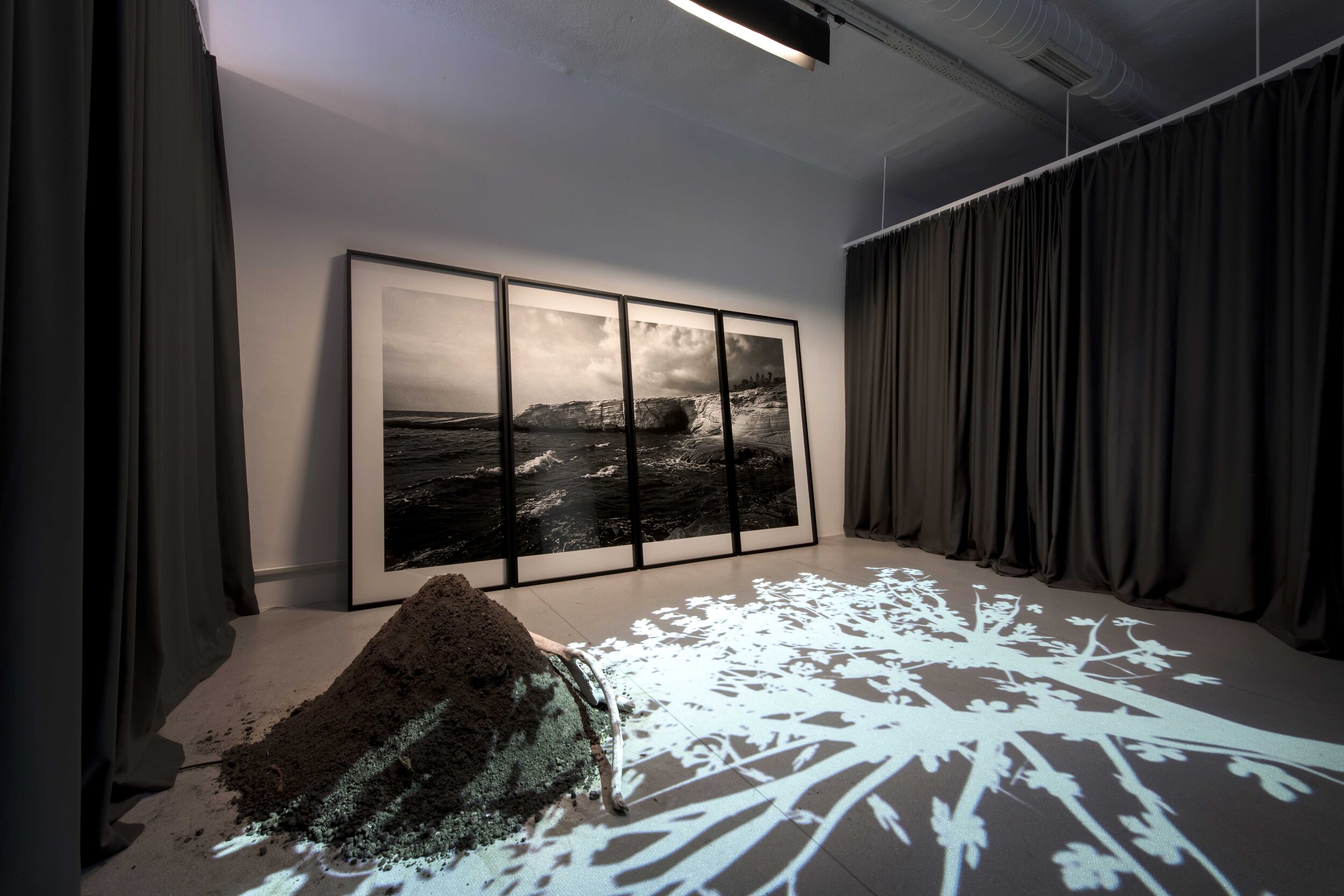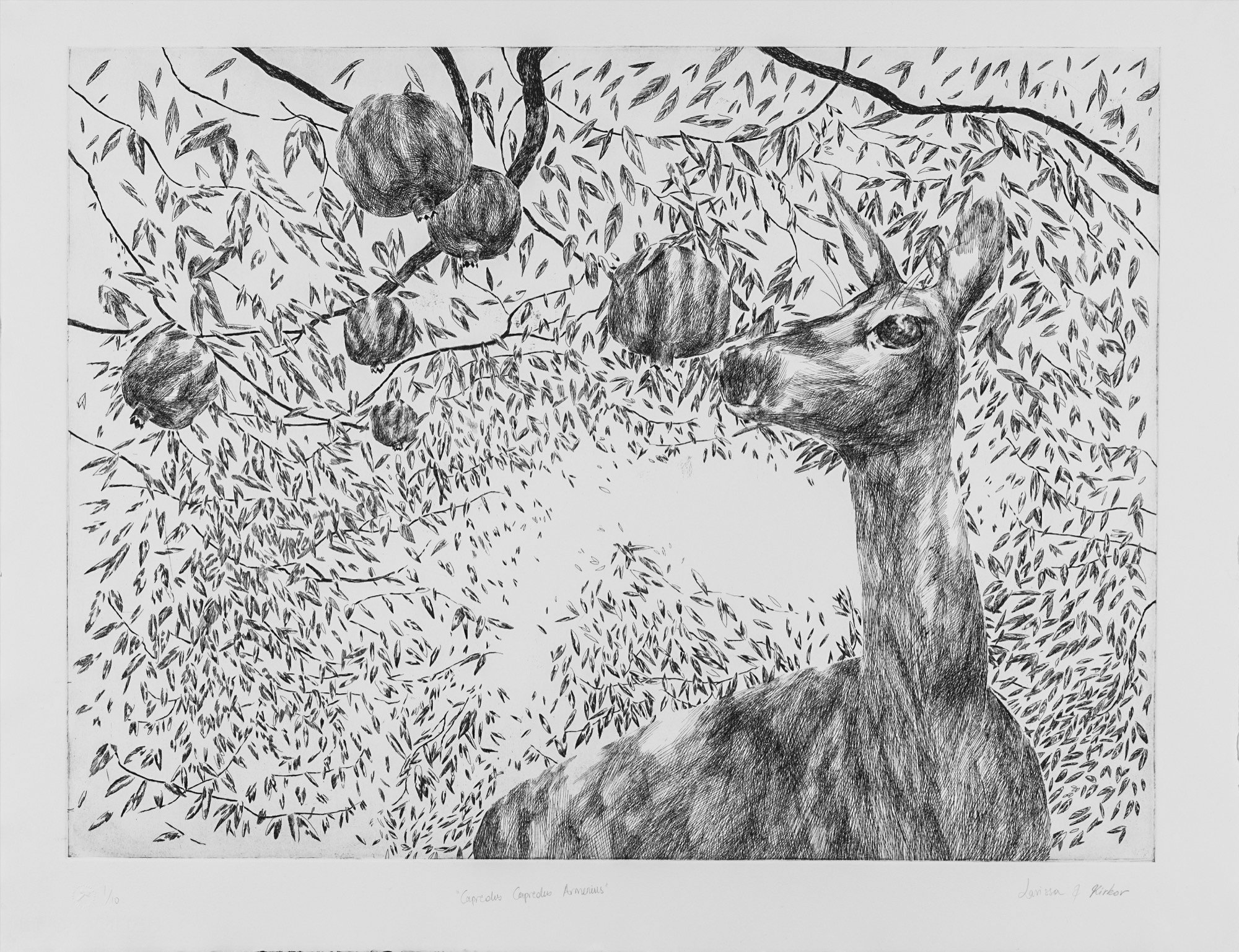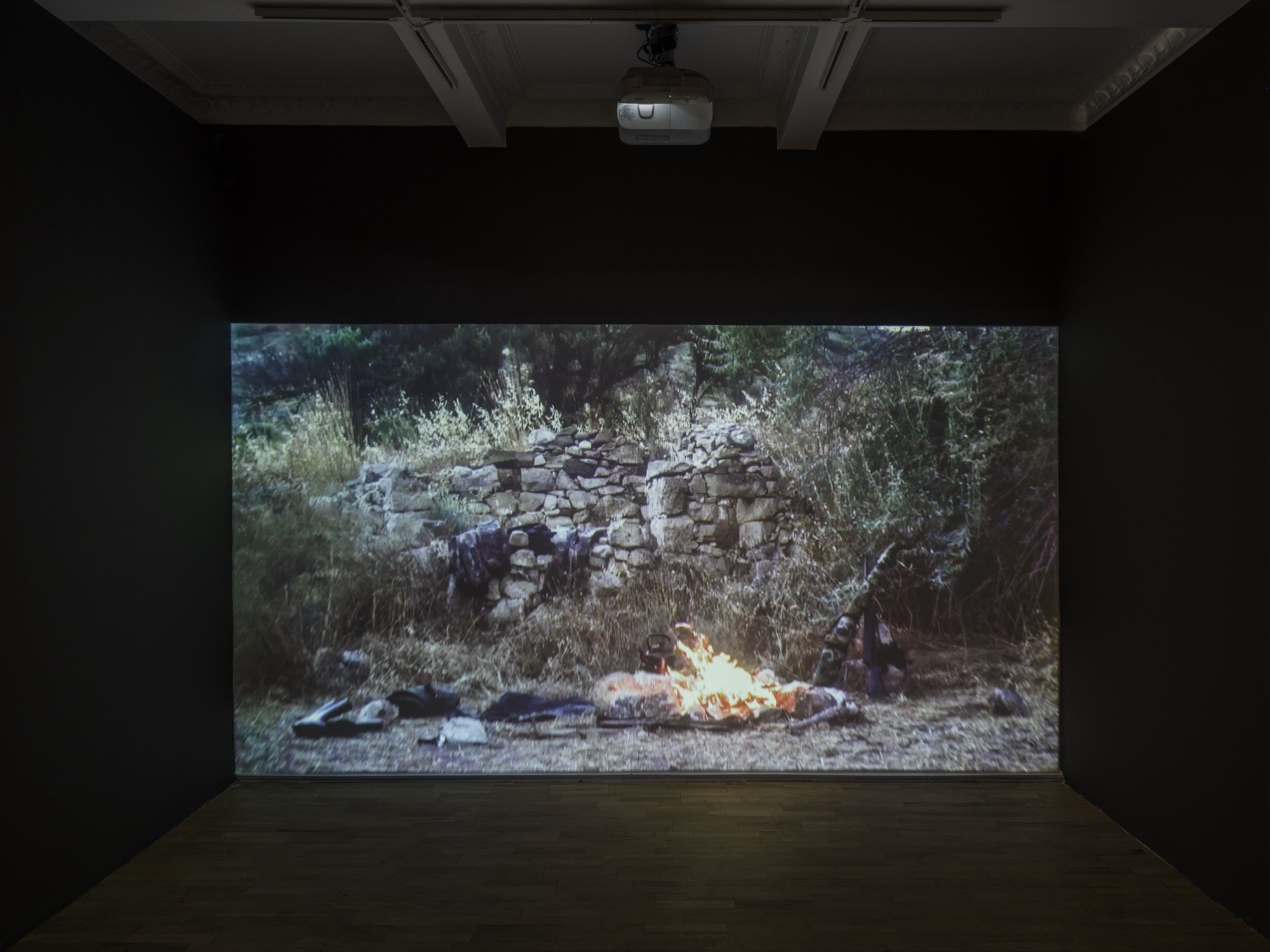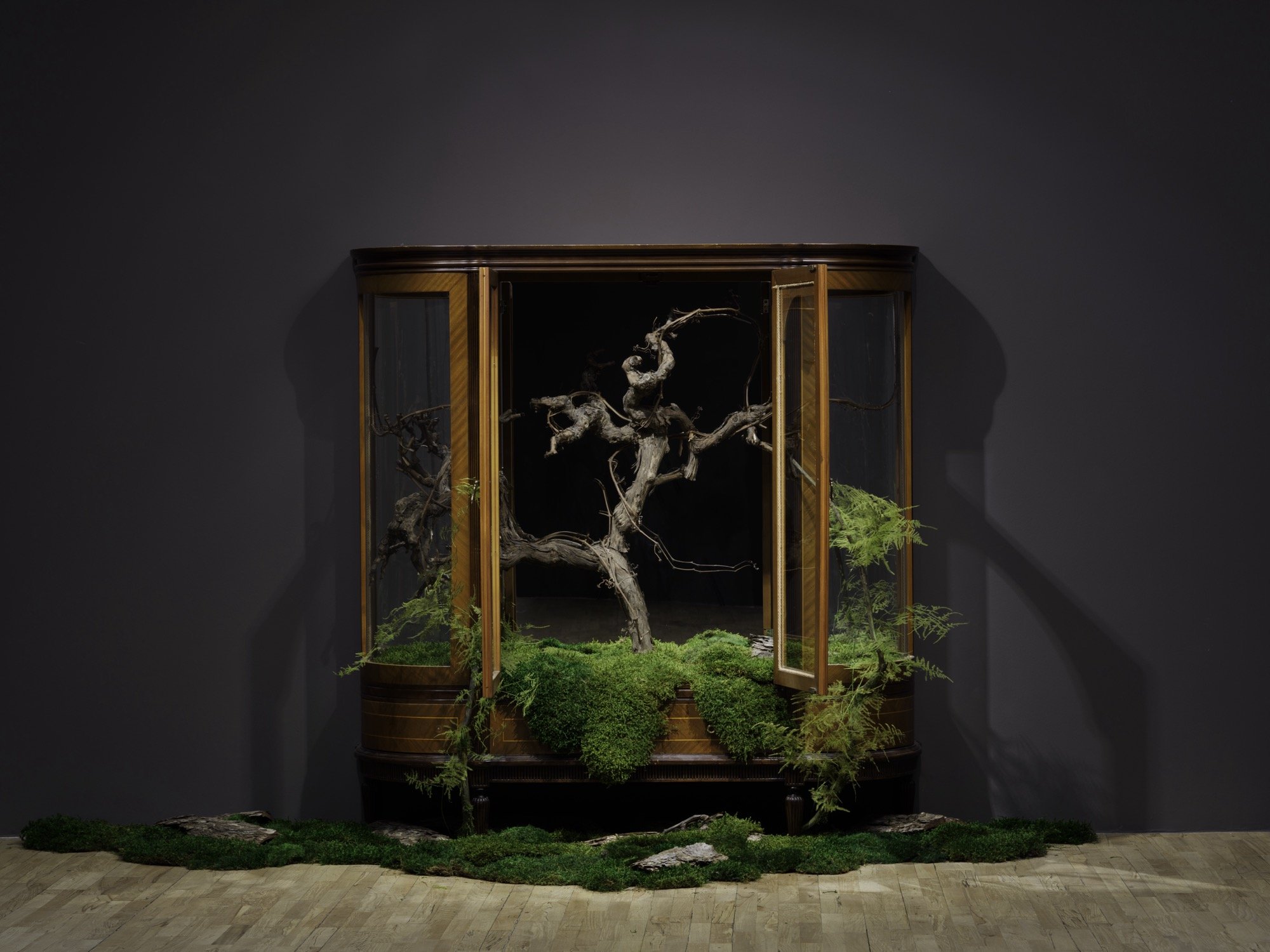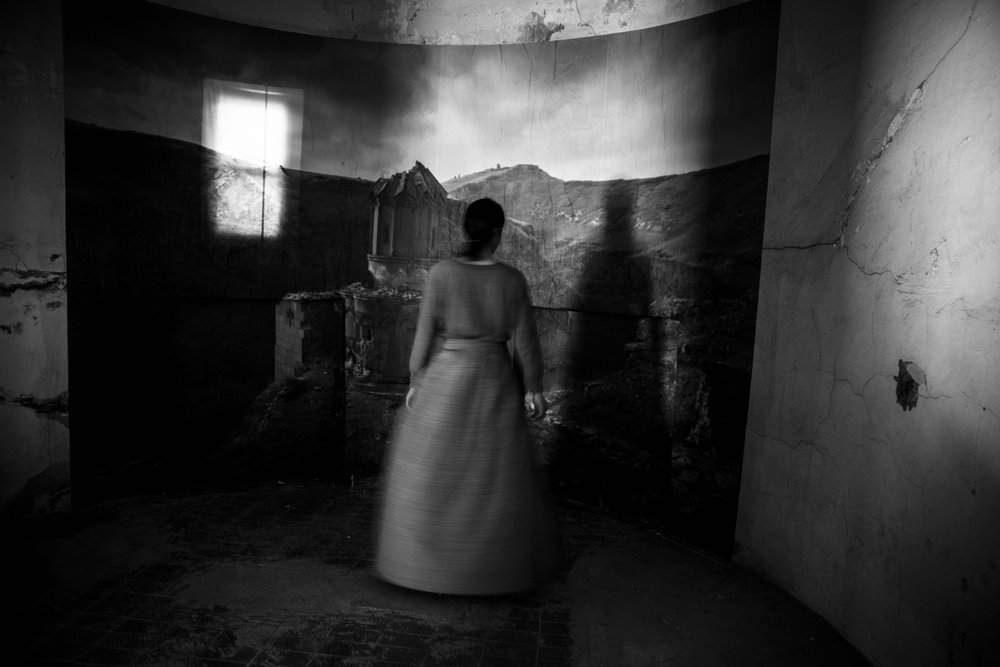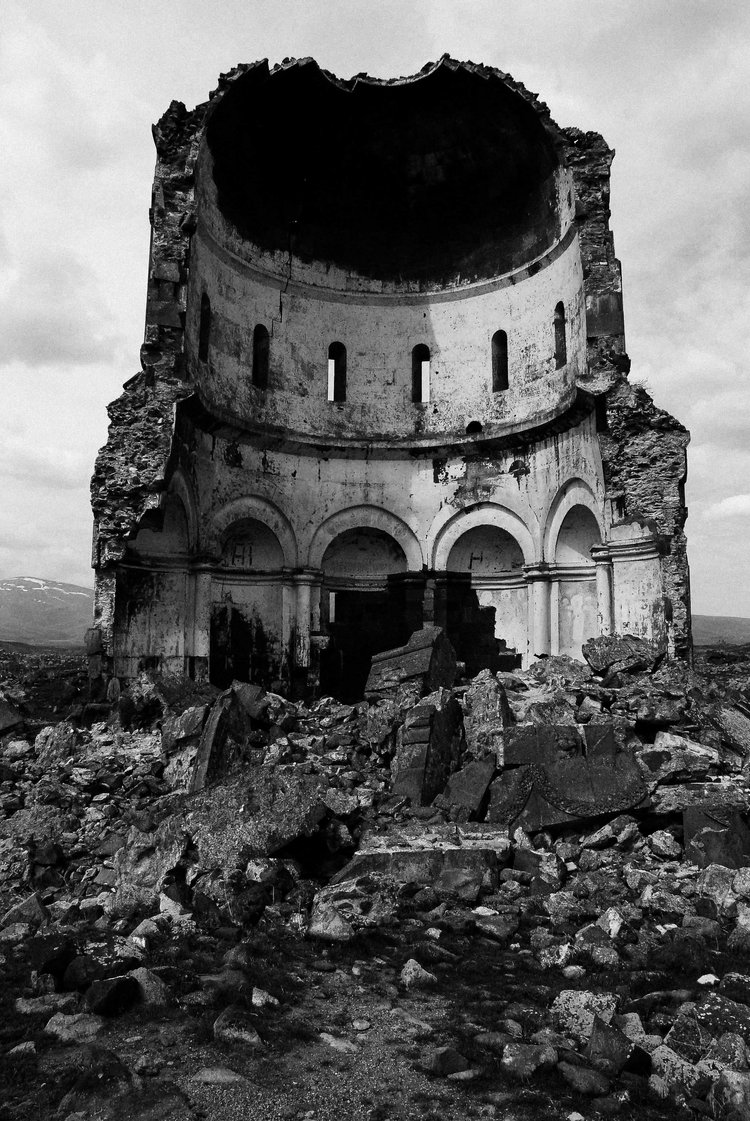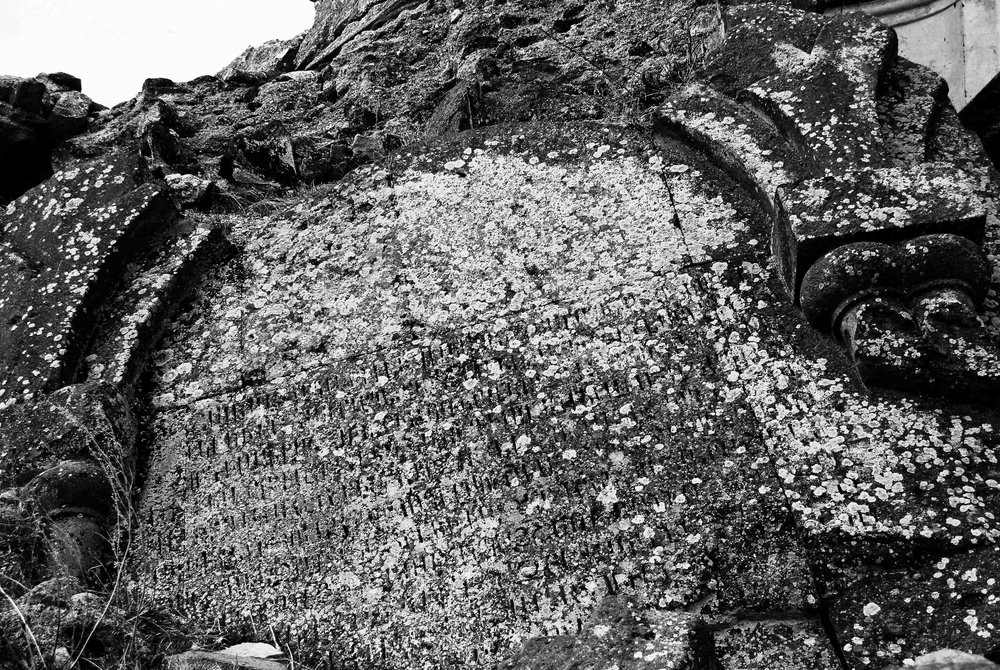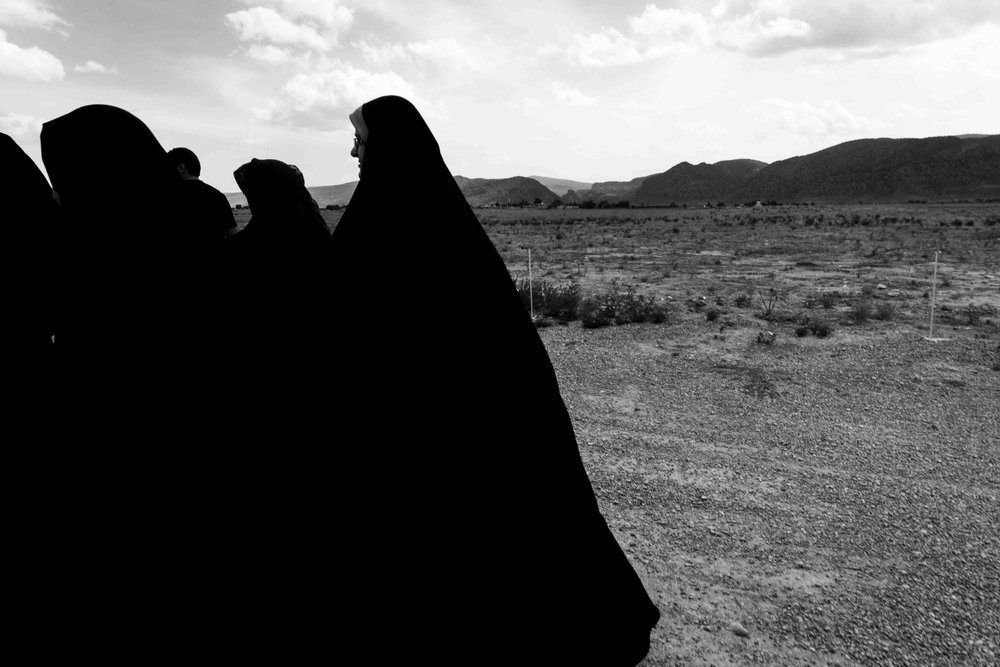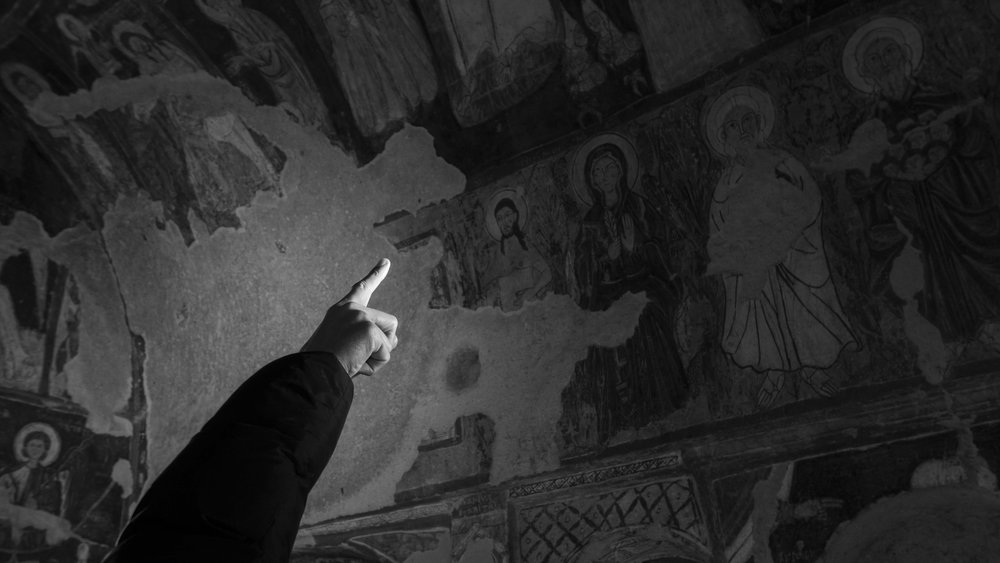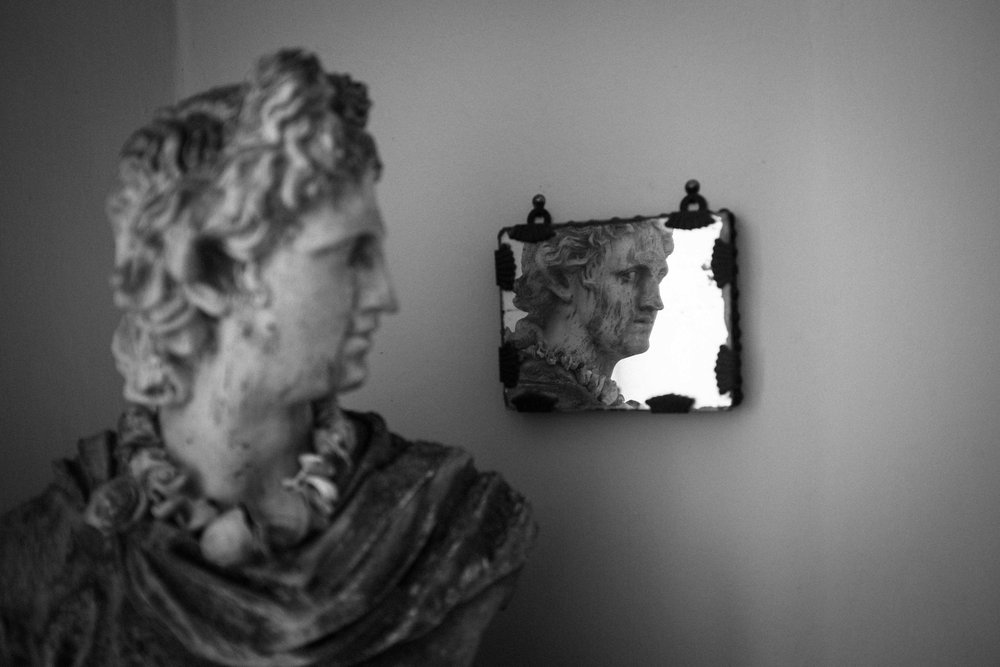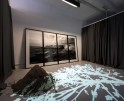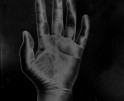Artists of Türkiye: Larissa Araz
This week artist and curator Mehves Lelic shares the work of artists making work in Türkiye (Turkey)
Larissa Araz’s work is not unlike a hair braid: as she reconstructs history to give voice to the disenfranchised, she brings together threads of archival images and primary sources, multimedia elements, and personal narratives. At times, her interpretations lie beautifully on the cusp of fiction, as visual storytelling becomes a vehicle she uses to create space for individual accounts and well-articulated sentiments. At other times, she presents narratives that uncovers Türkiye and the Levant’s complicated and painful history: from a long history of diversity, the geographical area holds the cultures and memories of the Armenian, Greek (Rum), Kurdish, Jewish, and Arab communities who lived, and still live, here. In the aftermath of cycles of violence, from the Armenian genocide to the Istanbul pogrom, so many testaments to historical events were silenced. Photography as a conventional medium has existed throughout these cycles, and Araz’s unique multimedia practice uses image-making and visual archives as a tool to present a crucial reality: here is a painful history, but we can find power in its retelling.
Instagram: @larissa.araz/
Araz breaks the silence by giving voice to historical evidence and non-human witnesses alike through intricate image-making and world-building. Violence and oppression happen in front of so much more than people, and her multimedia exhibitions offer several layers of witnessing and testimony. In her most recent exhibition at the Versus Art Project, she focuses on the taxonomy of species in Anatolia and Mesopotamia. Initially a colonial project at the dawn of the Ottoman Empire’s decline, many European scientists named native species in Anatolia after the diverse cultures living there, such as Capreolus Capreolus Armenius and Vulpes Vulpes Kurdistanica. Later, the cultural references in these names were changed to support the claim that Anatolia was settled exclusively by Turks. In the exhibition, tender drawings of some of these species adorn the walls directly, while a heavy, glass cabinet holds a reimagined tree of life. Araz’s least conventionally-photographic and latest exhibition uses images as indexical tools that lead the viewer to the reality of erasure and deliver the realization that those in power control what role nature can play in the formation of culture and society. Nomenclature, history, and photography are never constructed with absolute objectivity, and Araz reminds the viewer that it is rewarding to look into the shadows of truth.
Araz’s project Begin to See through the Darkness presents a similar interpretation of reality that is in service of nationalist rhetoric. Exploring, and, to an extent, analyzing the story of Ahmet Cemal, a Turkish soldier who was killed during the Invasion of Cyprus in 1974, Araz travels to Cyprus, vising the cave that Cemal died in. According to legend, Cemal’s last meal was a fig, and out of his remains grew a fig tree. Araz parallels the disruptions and incongruences in the story with the breaks in visual forms within the exhibition: an oversize print of the entrance of the cave is divided into four coffin-sized prints. On the ground of the exhibition space are soil and a bright projection of fig branches. The image, with so much dynamism and tonality, transforms the viewer into the scene, while paralleling the disruption of reality within the story. Here, photography serves as an anchor and evidence of Araz’s research-based practice, as well as a foundation on top of which layers of heroics and historiography rest.
In Semi-Fiction, a 2023 project, Araz explores her own identity, looking at photographic recreations and evidence of the cultures that she belongs to. Most images have a fleeting quality that is achieved through technical decisions: a woman in a skirt twirls in front of an image of the Cathedral of the Holy Cross on Aghdamar Island in Van, a city in the east of Turkey. Unused as a holy site since 1915 but preserved as a museum, the structure and the landscape hold great meaning for Armenian people. Araz’s photograph connects the living to their history yet leaves open the narrative concerning the figure’s relationship with the landscape. However, the woman, although blurry, is very much present, creating an uninterrupted line.
Araz’s distinctly dynamic and almost exclusive use of black and white is effective and central to her goal of bringing together the past and the present: all chronologies converge in our present reading of them. For some, the past is never left in the past, as the injustice and suffering it evokes loom. For others, the comfort of persistent memory and connectivity helps make survival more meaningful. And so the black and white images Araz makes herself are presented alongside historical and archival images, yielding photography’s power of constructing timeless realities, and giving the viewer the sense that our deep roots may shake or sing with the same fundamental emotions and experiences throughout time. These roots are beautifully sentient in Araz’s interpretations of them: whether she is charting her own family story in a mix of fact and fiction, or, using the epistolary form and images, exploring the dual identities minorities in Türkiye develop in face of a homogenized national identity of “Turkishness,” the voices she creates through images reverberate.
Mehves Lelic is an Istanbul-born artist, curator and educator based on the Eastern Shore of Maryland. In her work she ponders modernity and heritage, belonging, and the resulting relationship with the environment. She is an Assistant Professor of Art and Art History and the Director of Mosely Gallery at the University of Maryland Eastern Shore. She holds an MFA from Bard College and a BA from the University of Chicago.
Lelic’s photographic work has been exhibited internationally in venues such as the Virginia Museum of Contemporary Art, Rotterdam Photo Festival, PhotoNOLA, Filter Photo Chicago, the Ogden Museum, Institute of Contemporary Art Baltimore, Cosmos Arles France, the Photographers’ Gallery Istanbul, and others. Her work has been published in the National Geographic, GEO Magazine, Ain’t Bad, Lenscratch, C41, Aesthetica and Der Greif. She has been awarded the National Geographic Expeditions Council Grant, the City of Chicago Individual Artists’ Award, the Turkish Cultural Foundation Cultural Exchange Fellowship, the Association of Art Museum Curators (AAMC) Conference Fellowship, and the ArtTable Faith Flanagan Fellowship.
Lelic previously served as Curator and the Head of the Curatorial Department at the Academy Art Museum in Easton, Maryland and has curated and organized over 20 exhibitions, including Spatial Reckoning: Morandi, Picasso, and Villon (2023); Laura Letinsky: No More Than It Should Be (2023); Marty Two Bulls, Jr.: Dominion (2023); In Praise of Shadows: Jun’ichiro Tanizaki and Modern and Contemporary Works (2023); Mary Cassatt: Labor and Leisure (2023); Fickle Mirror: Dialogues in Self-Portraiture (2022); Jackie Milad: Vestige (2022); Norma Morgan: Enchanted World (2022); The Movable Image: Video Art by Collis/Donadio, Shala Miller, and Rachel Schmidt (2022); Hoesy Corona: Terrestrial Caravan (2022); and On Water (2019).
Instagram: @mehveslelic/
Posts on Lenscratch may not be reproduced without the permission of the Lenscratch staff and the photographer.
Recommended
-
Earth Week: Casey Lance Brown: KudzillaApril 25th, 2024
-
Artists of Türkiye: Larissa ArazMarch 28th, 2024
-
Rebecca Sexton Larson: The Reluctant CaregiverFebruary 26th, 2024
-
Mexican Week: Cannon BernáldezFebruary 6th, 2024
-
Erika Kapin: Mom and MeJanuary 19th, 2024

